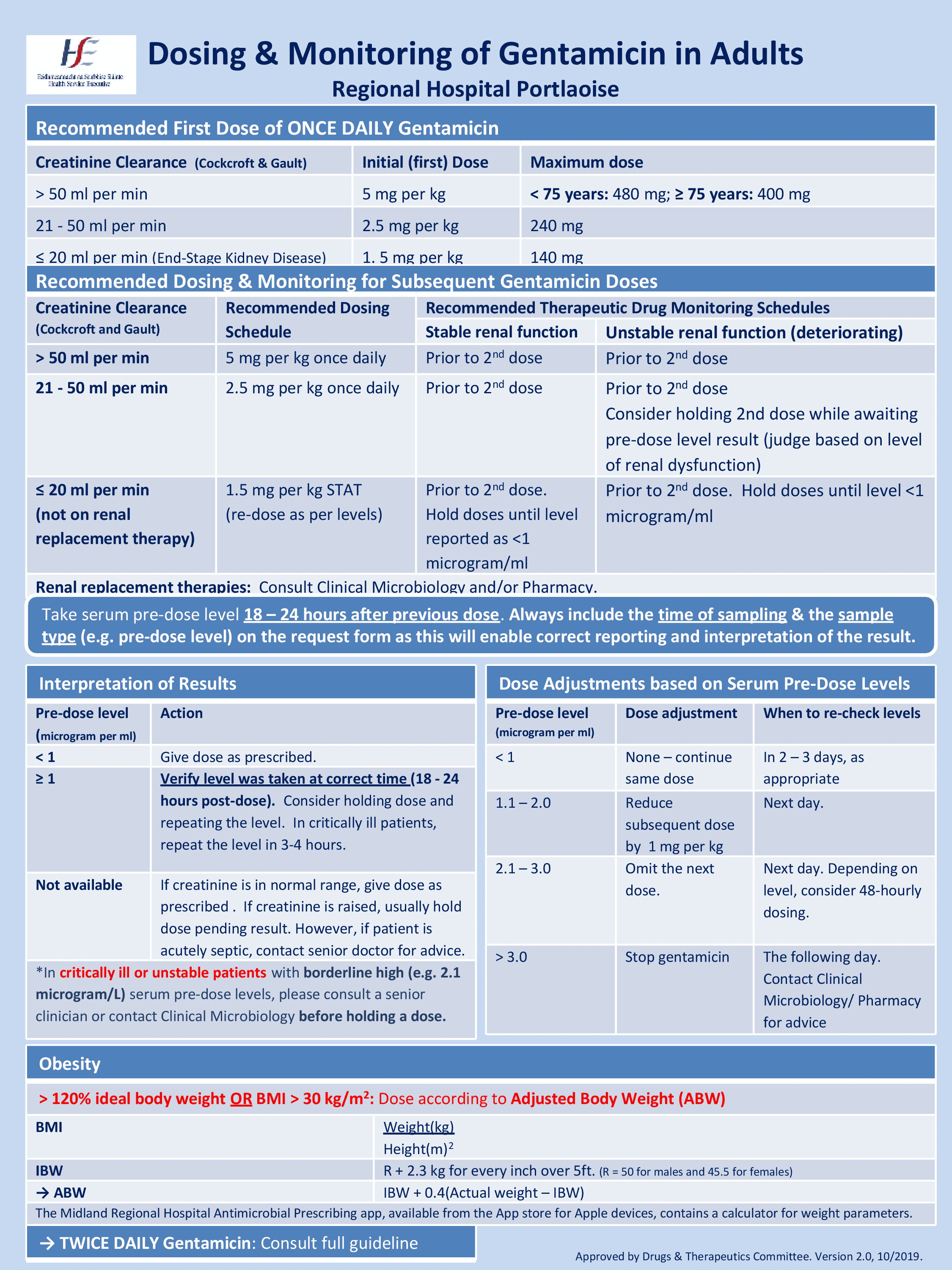Medication Safety Alerts
Medication Shortages and alert
Sample medication alert:
- Etoposide (link to PDF )
TGA name change
The Therapeutic Goods Administration (TGA) is updating some medicine ingredient names used in Australia to align with names used internationally
What is happening?
- There will be a four-year transition period starting in April 2016 and ending in April 2020.
- Medicines with labels using the new ingredient names will gradually start to appear on shelves (note: the medicine remains the same)
Not all medicine ingredient names are changing. A list of medicine ingredient names that will change is now available at the TGA website
Zostavax Vaccine administration alert
The SA Health Communicable Disease Control Branch (CDCB) has issued a public health alert on 27 February 2017 that use of shingles vaccine (Zostavax®) when contraindicated has resulted in a death in Australia.
All prescribers/clinical staff administering the vaccine are urged not to prescribe/administer Zostavax® to patients with severe immunocompromised.
Urgently seek specialist advice if Zostavax® is given to a person with severe immunocompromised .
For all enquiries please contact the CDCB on 1300 232 272 (24 hours/7 days)
Antimicrobial Stewardship
Antimicrobial Restrictions
Always refer to the Medicines Formulary for antimicrobial restrictions. Where the specialist unit is not available at the hospital, always seek input from the Infectious Diseases (ID) unit.
Empiric Treatment of Infective Exacerbation of COPD/Bronchitis
Empiric Treatment of Infective Exacerbation of COPD/Bronchitis
Check history of infection/ colonisation with Multi Drug Resistant Organism (MDRO
| Infection | Common Pathogens | Treatment | If Penicillin Hypersensitive |
| Exacerbation of COPD/Bronchitis |
S. pneumoniae
H. influenzae
|
Mild:
Generally no antimicrobials required
Moderate-Severe:
Co-amoxiclav 625mg TDS PO/ 1.2g TDS IV
+/- ADD
Clarithromycin 500mg BD PO/ IV
Duration:
7 days
Moderate-Severe exacerbation, previous colonisation with P.
aeruginosa
:
Treat as HOP/HCAP - see HOP/HCAP guideline
|
Mild:
Generally no antimicrobials required
Moderate-Severe:
Doxycycline 100mg BD PO
Moderate-Severe exacerbation, previous colonisation with P.
aeruginosa
:
Treat as HOP/HCAP - see HOP/HCAP guideline
|
References:
- BTS Guidelines for the Managment of Community Acquired Pneumonia in Adults Update 2009
- Antimicrobial Stewardship Committee Empiric Treatment of CA-LRTI Algorithm - September 2017
- NICE: Pneumonia in adults: diagnosis and management Clinical Guideline Published 3.12.14 Available at: nice.org.uk/guidance/cg191
- Up-to-date. Management of exacerbations of chronic obstructive pumlonary disease. Accessed 05.01.18 https://www.uptodate.com/contents/management-of-exacerbations-of-chronic-obstructive-pulmonary-disease?search=exacerbation of copd&source=search_result&selectedTitle=1~150&usage_type=default&display_rank=1
- NICE: Chronic Obstructive Pulmonary Disease. Care Pathway - July 2017 https://pathways.nice.org.uk/pathways/chronic-obstructive-pulmonary-disease
2.1 Prevention of Cardiovascular Disease (CVD)
Goals & Target Levels for Important Cardiovascular Risk Factors
|
Smoking |
No exposure to tobacco in any form |
|
Diet |
Low in saturated fat with focus on wholegrains, vegetables, fruit and fish. |
|
Physical activity |
3.5-7 hours moderately vigorous activity per week or 30-60 mins most days. |
|
Body weight |
BMI 20-25. Waist circumference < 94cm (men) or < 80cm (women) |
|
Blood Pressure |
< 140/90 mmHg in most. For information on targets outside of this, See section 2.2 (hypertension) |
|
Lipids |
See section 2.4 lipids) |
|
Diabetes |
HbA1c <7% (<53 mmol/mol) |
|
Alcohol |
Limit to 1 unit (10g)/ day or no more than 10 units (100g)/week |
Prevention of Cardiovascular Disease - Risk Assessment
- Individuals automatically at high to very high CV risk (see table below) do not need risk assessment and require immediate attention to risk factors.
- Risk is defined in terms of the absolute 10 year probability of developing a fatal cardiovascular event. The threshold for high risk is defined as 5% or greater.
- Systematic risk assessment is recommended in individuals at increased CV risk i.e. with family history of premature CVD, familial hyperlipidaemia, major risk factors (e.g. smoking, high BP, DM or raised lipid levels, or co-morbidities increasing CV risk.)
- Systematic risk assessment may be considered in adults >40 years with no known CV risk factors.
- The SCORE (Systematic Coronary Risk Evaluation model) risk charts available at http://www.escardio.org/Guidelines-&-Education/Practice-tools/CVD-prevention-toolbox/SCORE-Risk-Charts estimate the 10 year risk of fatal CVD and are recommended for risk assessment. They are an aid to making decisions on how intensively to intervene on lifestyle, and whether to initiate or intensify drug therapy (Ireland classed as “ low risk ” region). An interactive tool for predicting and managing the risk is available at www.heartscore.org .
- There are limitations of using the SCORE charts. For example, in young patients and older patients, and in subclinical hypertensive organ damage which markedly increases risk.
- Apart from major risk factors in the charts there are other modifiers that may be relevant for assessment of total risk e.g. psychosocial factors, family history of premature CVD and BMI amongst others. Refer to ESC Guidelines. Assessment of risk modifiers is of value when risk is close to a decisional threshold such as a SCORE risk of 5%.
Priorities for CVD Prevention in Clinical Practice
Individuals at highest risk gain most from preventative efforts. This guides the priorities.
|
Very High-Risk |
|
|
High-Risk |
|
|
Moderate-Risk |
|
|
Low-Risk |
Score <1% |
In most asymptomatic patients, preventive actions should be guided by the total CVD risk. Risk factor management decisions are not usually based on a single modestly raised risk factor.
Key References
- European Guidelines on Cardiovascular Disease Prevention in Clinical Practice European Heart Journal (2016) 37(29): 2315-2381; 1635-1701. https://www.escardio.org/Guidelines/Clinical-Practice-Guidelines/CVD-Prevention-in-clinical-practice-European-Guidelines-on
- ESC/ESH Guidelines for the management of arterial hypertension, European Heart Journal (2018) 3 (33) 3021–3104. https://academic.oup.com/eurheartj/article/39/33/3021/5079119
- ESC/EAS Guidelines for the management of dyslipidaemias: lipid modification to reduce cardiovascular risk European Heart Journal (2019) https://academic.oup.com/eurheartj/advance-article/doi/10.1093/eurheartj/ehz455/5556353




